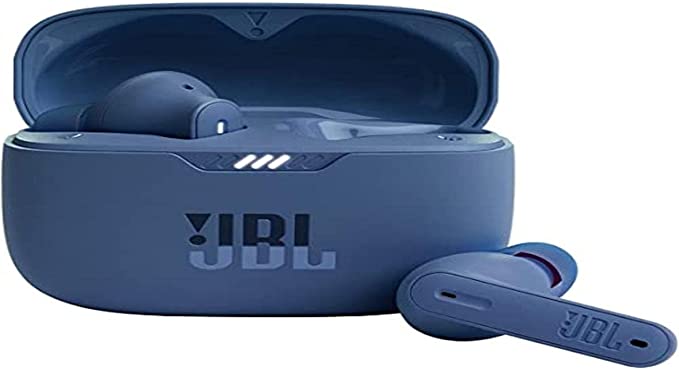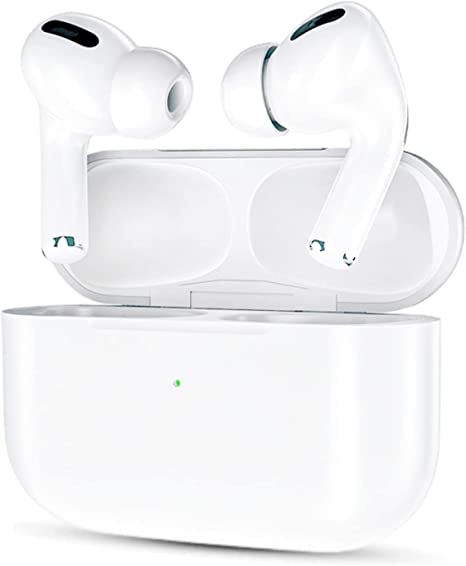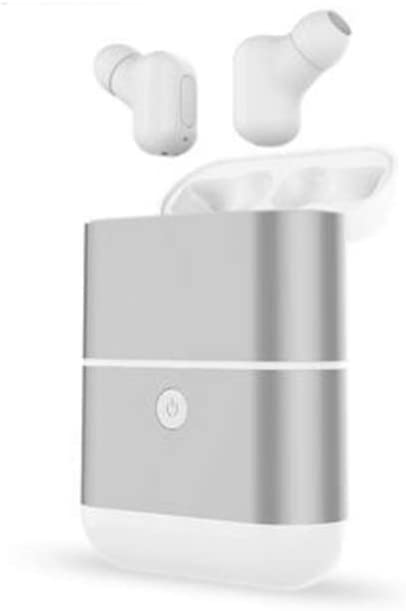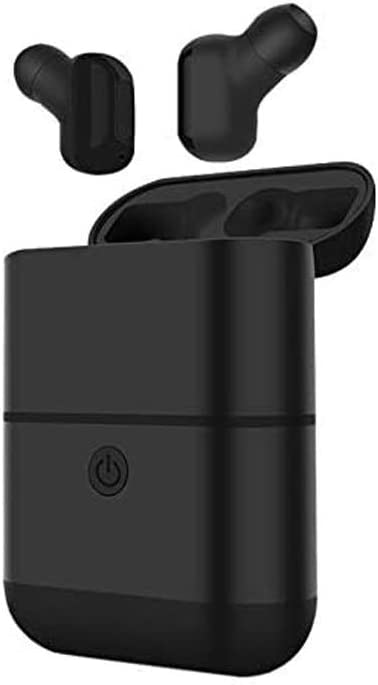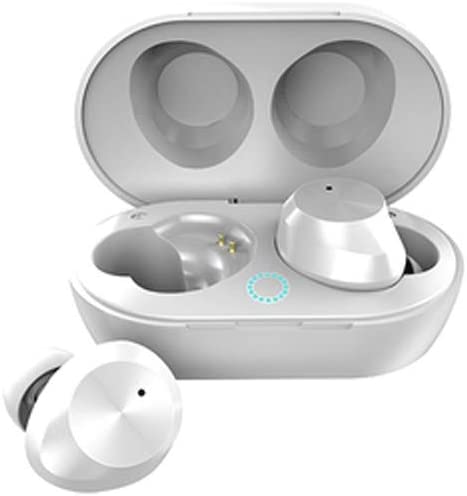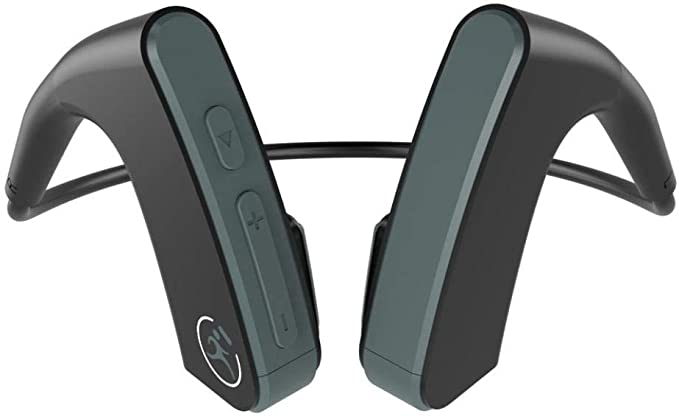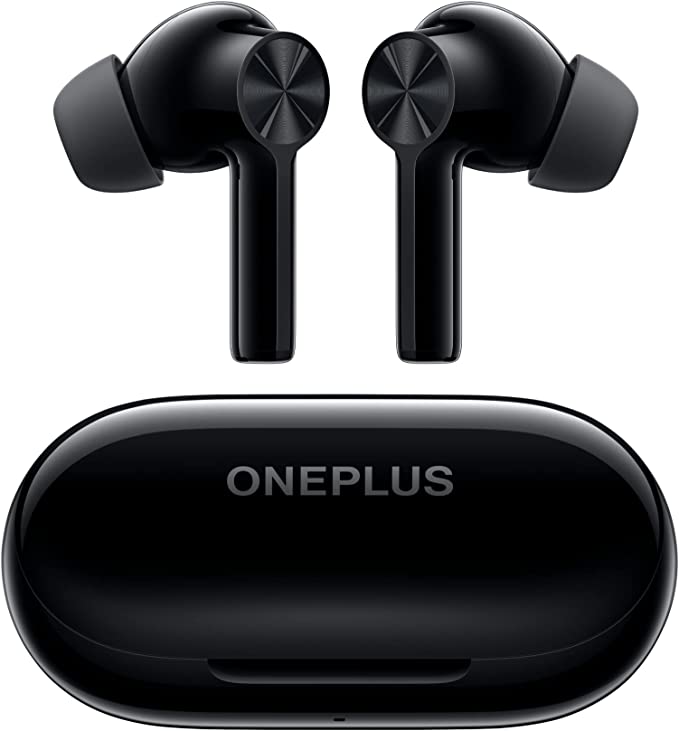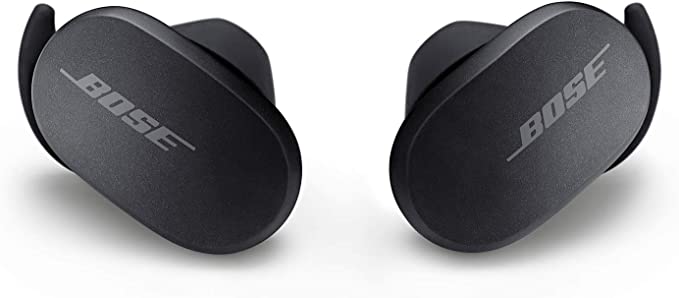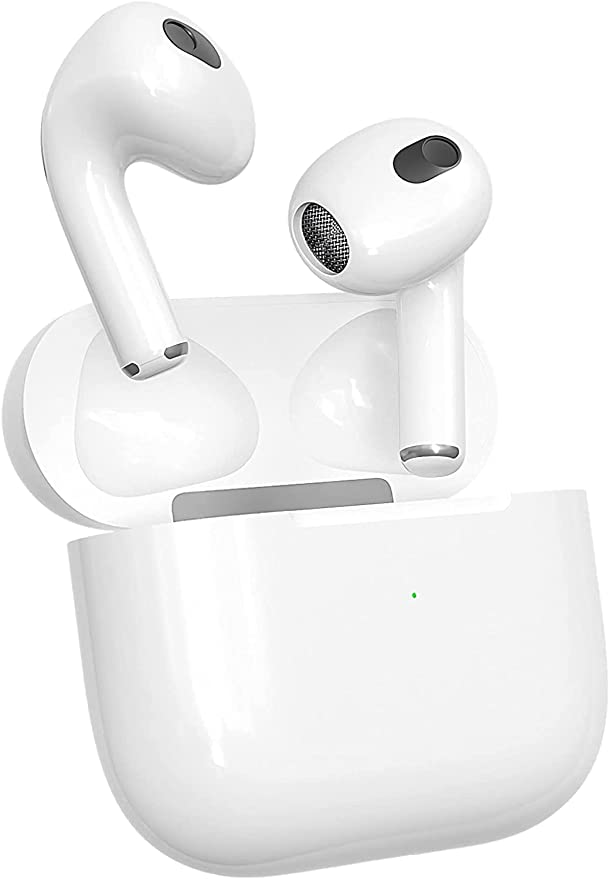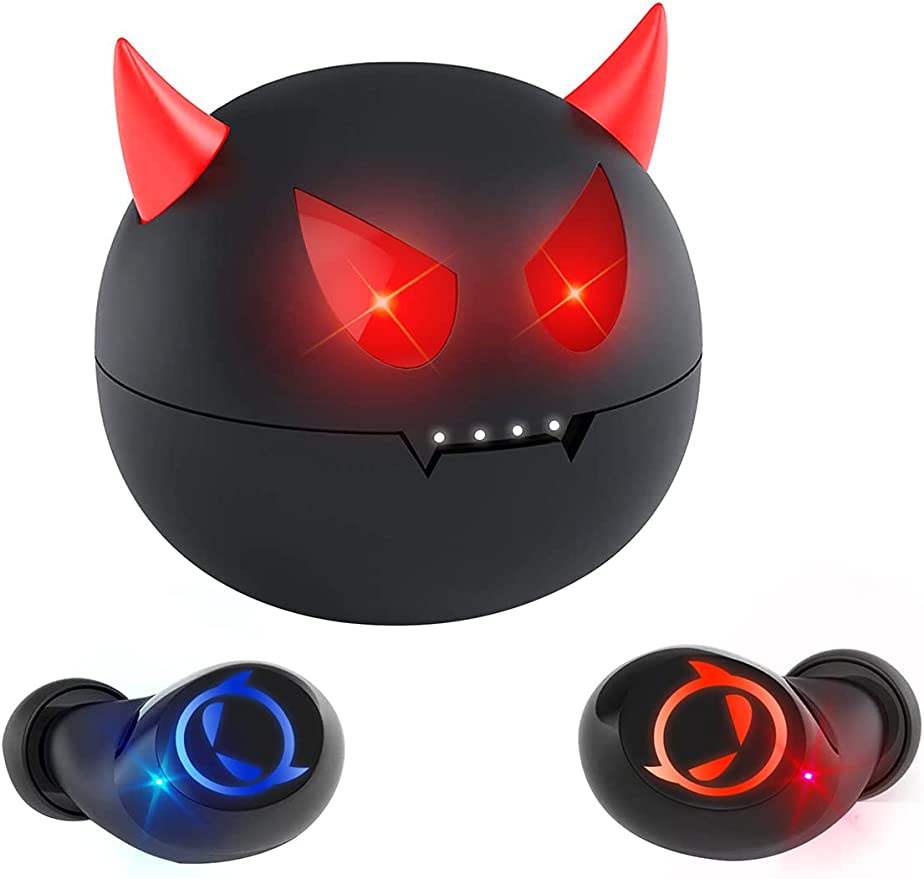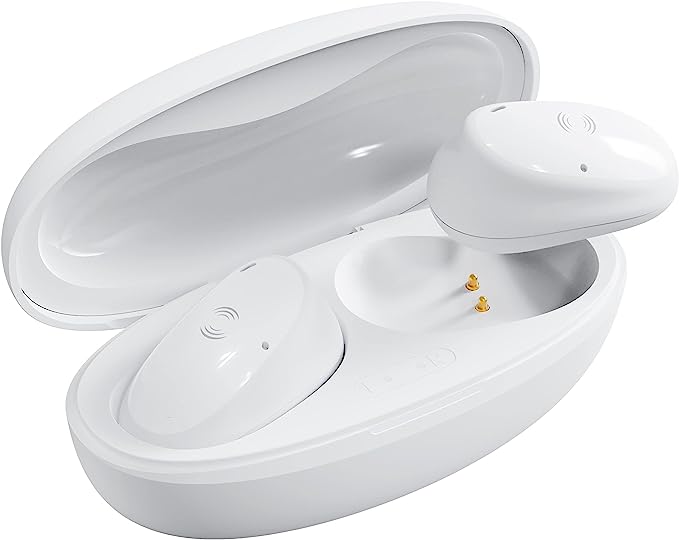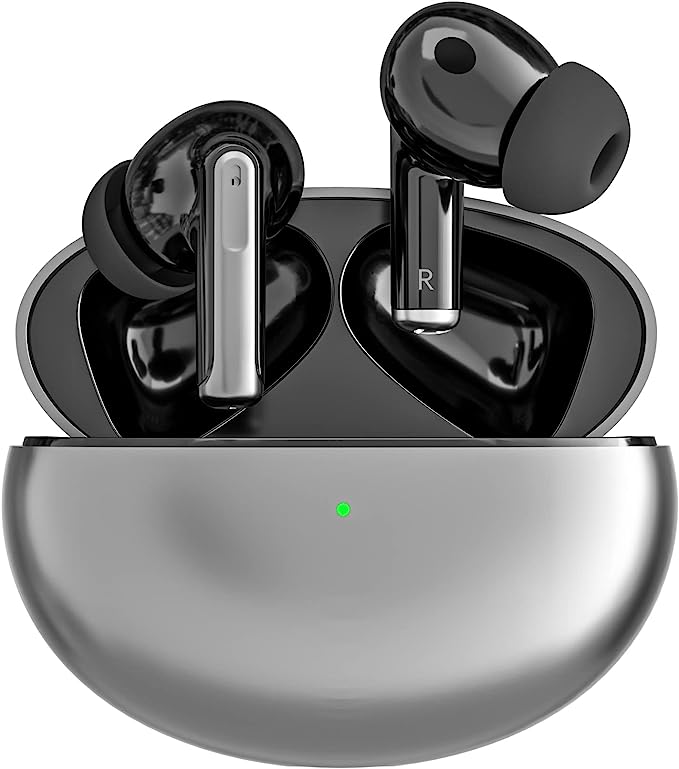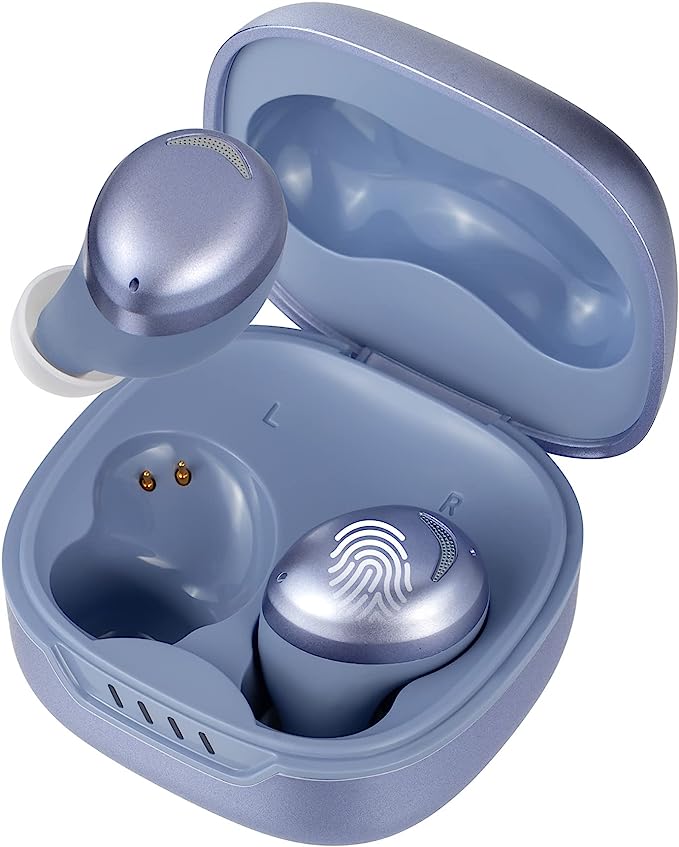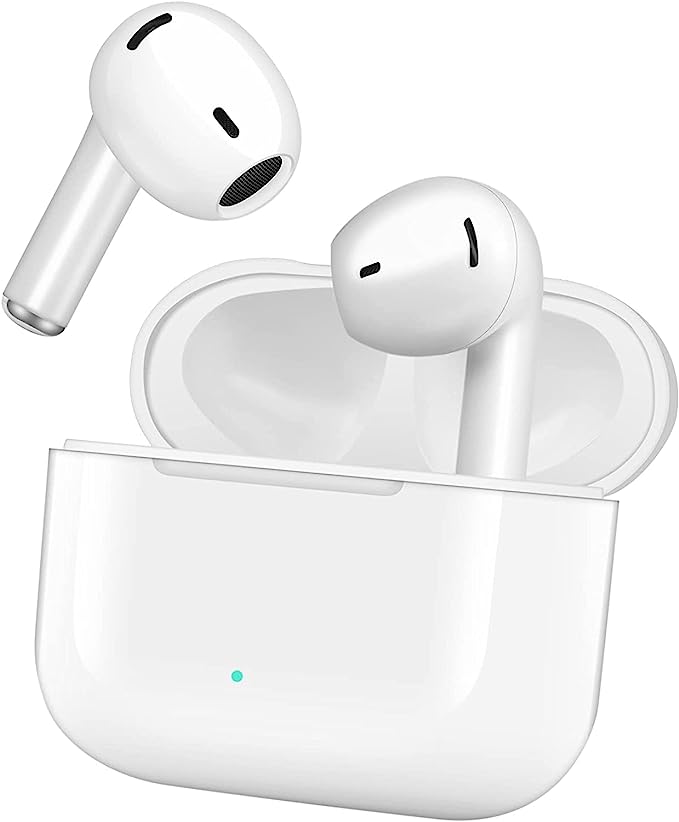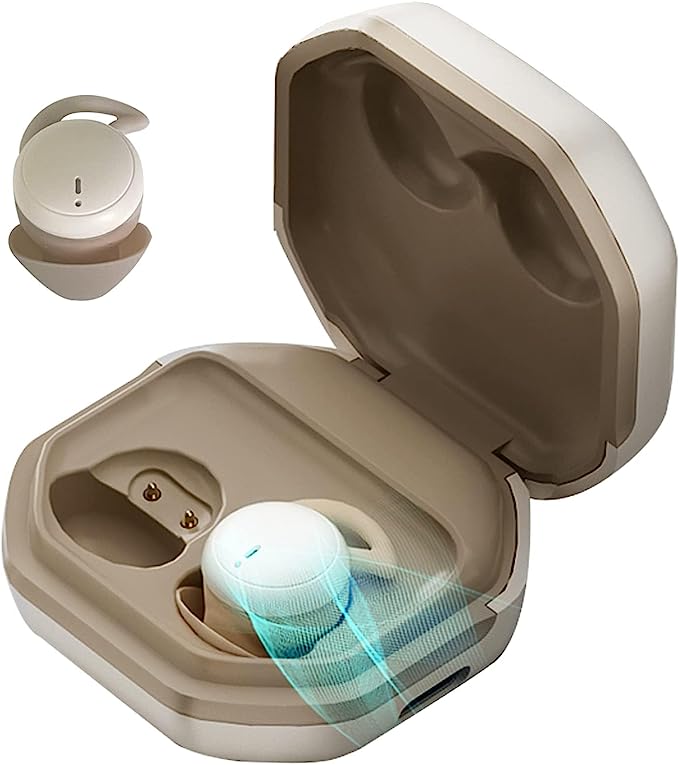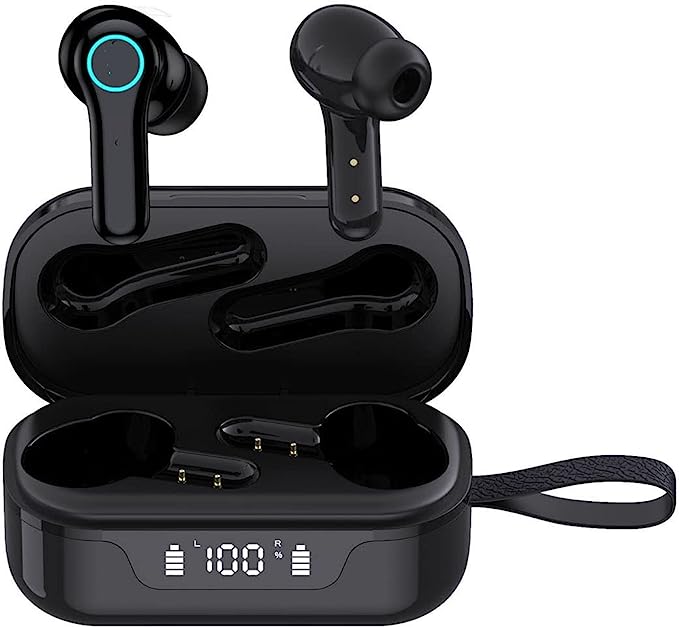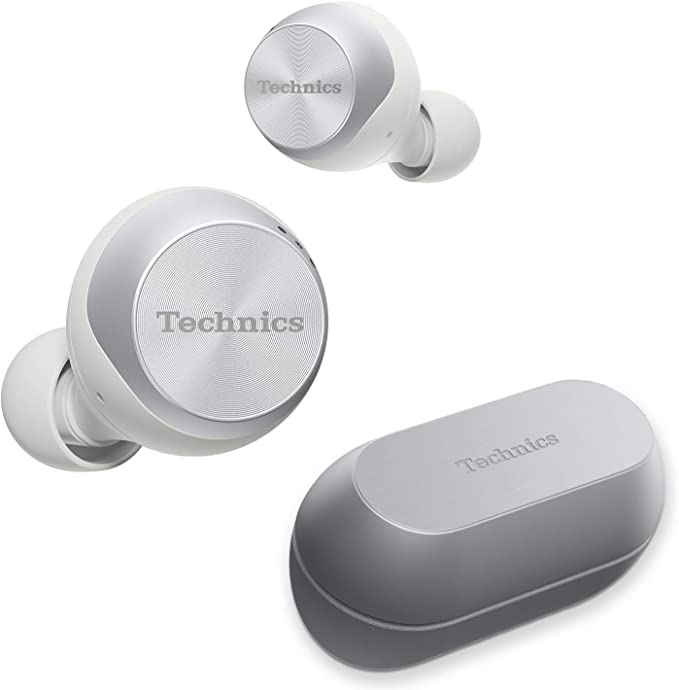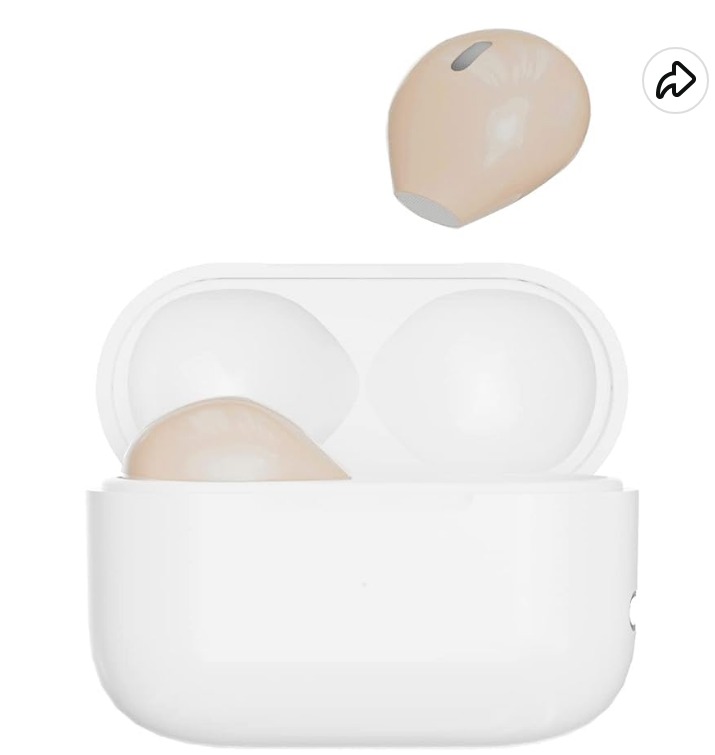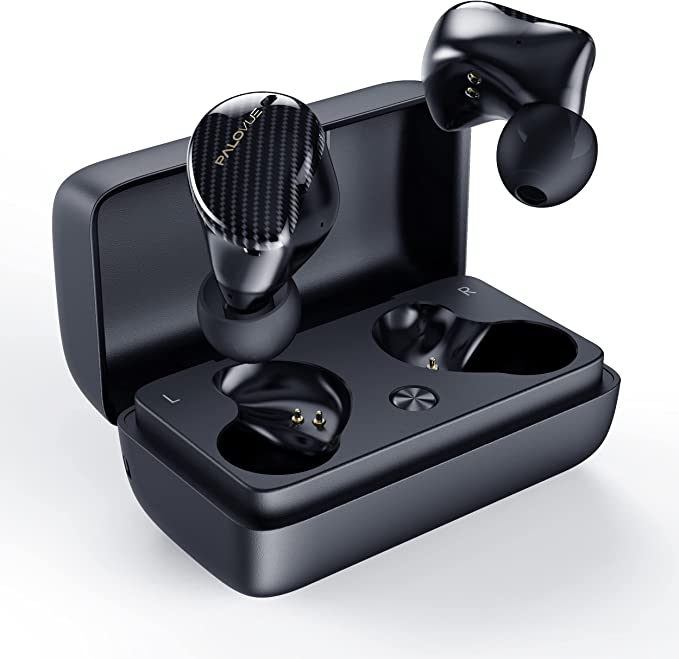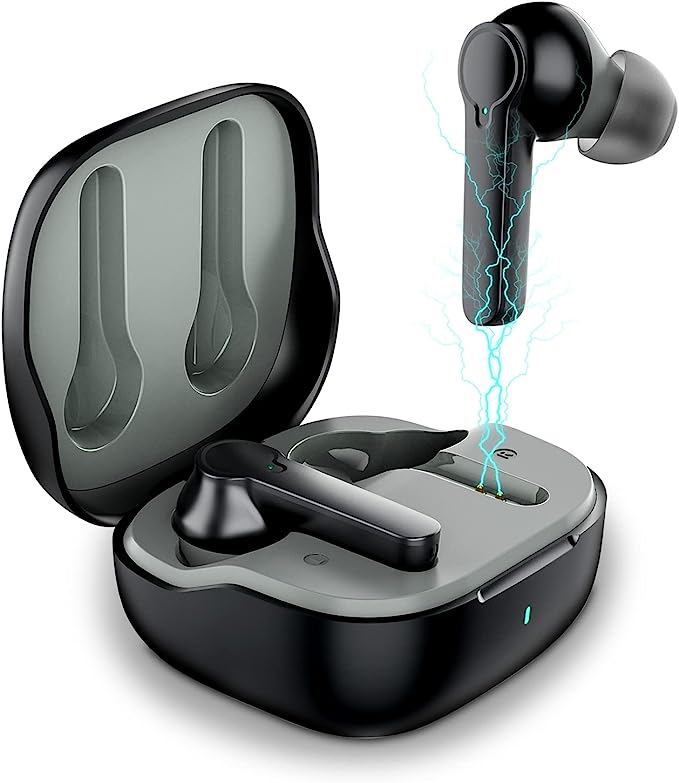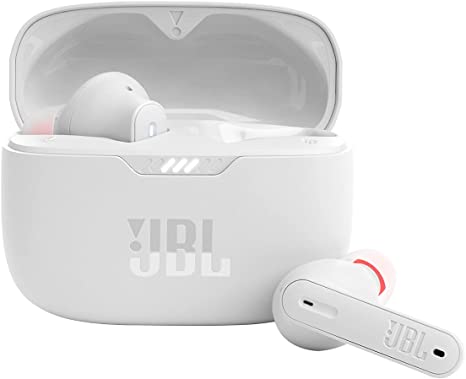JBL Tune 130NC TWS & GO2 Bundle: Immerse Yourself in Sound, Anywhere
Update on March 20, 2025, 4:13 p.m.
We live in a world saturated with sound. From the gentle hum of a refrigerator to the roar of a jet engine, our ears are constantly bombarded with auditory information. Sometimes, this cacophony can be overwhelming, distracting, or even harmful. Other times, sound is a source of joy, comfort, and connection – the laughter of a loved one, the rhythm of our favorite song, the soothing sounds of nature. The JBL Tune 130NC TWS earbuds and GO2 portable speaker, bundled together, offer a unique proposition: the ability to curate your own sonic experience, choosing between immersive silence and vibrant sound, wherever you go.

The Whispers of Waves: Understanding Sound Fundamentals
Before we explore the intricacies of noise cancellation and waterproofing, let’s take a step back and appreciate the fundamental nature of sound. Sound, at its core, is a vibration that travels through a medium, such as air, water, or solids. These vibrations are characterized by their frequency and amplitude.
Frequency, measured in Hertz (Hz), refers to the number of vibrations per second. The higher the frequency, the higher the pitch of the sound. Humans with healthy hearing can typically perceive frequencies ranging from 20 Hz (a deep rumble) to 20,000 Hz (a high-pitched squeal).
Amplitude, on the other hand, relates to the intensity or loudness of the sound. It’s often measured in decibels (dB), a logarithmic scale that reflects the vast range of sound pressures our ears can handle. A whisper might register around 30 dB, while a rock concert can exceed 120 dB, a level that can cause hearing damage. Think of amplitude as the height of the sound wave; a larger amplitude means a taller wave, and thus a louder sound.
The Art of Noise Cancellation: How JBL Tune 130NC TWS Works
The JBL Tune 130NC TWS earbuds utilize a sophisticated technology called Active Noise Cancellation (ANC) to minimize unwanted ambient sounds. It’s not magic, although it might feel that way. It’s based on a clever application of physics, specifically the principle of wave interference.
Imagine two stones dropped into a calm pond. Each stone creates a series of ripples that spread outward. When these ripples meet, they can either reinforce each other (constructive interference) or cancel each other out (destructive interference). ANC works on a similar principle, but with sound waves instead of water ripples.
Here’s a breakdown of the process:
- External Microphones: Tiny microphones on the outside of the earbuds “listen” to the surrounding noise.
- Signal Processing: An internal processor analyzes the incoming sound waves and generates an “anti-noise” signal. This anti-noise signal is a mirror image of the unwanted sound – it has the same amplitude but an inverted phase (think of it as a wave that’s “upside down”).
- Speaker Output: The earbuds’ speakers play both your desired audio (music, podcast, etc.) and the anti-noise signal.
- Destructive Interference: The anti-noise signal interacts with the incoming noise, effectively canceling it out through destructive interference. The result is a significant reduction in the perceived level of ambient sound.
It’s important to note that ANC is most effective at reducing low-frequency sounds, such as the drone of an airplane engine or the rumble of traffic. Higher-frequency sounds, like human speech or a sudden clap, are more difficult to cancel completely. This is because higher-frequency sound waves have shorter wavelengths, making it harder for the ANC system to create a perfectly matching anti-noise signal in real-time.
More Than Just Quiet: Exploring Smart Ambient Mode
While ANC is fantastic for creating a bubble of tranquility, there are times when you need to be aware of your surroundings. That’s where the JBL Tune 130NC TWS’s Smart Ambient mode comes in.
This feature allows you to selectively let in external sounds without removing your earbuds. There are two primary modes:
- Ambient Aware: Amplifies surrounding sounds, making it easier to hear traffic, announcements, or conversations. This is useful when you need to be aware of your environment, such as when walking or cycling.
- TalkThru: Lowers the volume of your audio and amplifies voices, allowing you to have a quick conversation without taking off your earbuds.
These modes utilize the same external microphones used for ANC, but instead of generating an anti-noise signal, they process and amplify the incoming sound, providing a controlled blend of your audio and the outside world.
Diving Deep with Sound: The Science of IPX7 Waterproofing in the JBL GO2
The JBL GO2 portable speaker boasts an IPX7 waterproof rating, meaning it can withstand immersion in water up to 1 meter deep for 30 minutes. This isn’t achieved through some magical coating, but rather through careful engineering and the use of specific materials.
The “IP” in IPX7 stands for “Ingress Protection,” a standard established by the International Electrotechnical Commission (IEC). The “X” indicates that the device hasn’t been rated for solid particle (dust) protection, while the “7” signifies its level of protection against water.
To achieve IPX7, the GO2’s enclosure is designed to be completely sealed, preventing water from reaching the sensitive electronic components inside. This typically involves:
- Tight Seals: Rubber gaskets and O-rings are used to create watertight seals around any openings, such as buttons, ports, and the speaker grille.
- Waterproof Materials: The speaker’s housing is likely made of a durable, non-porous plastic, such as polycarbonate or ABS (Acrylonitrile Butadiene Styrene). These materials are inherently resistant to water absorption.
- Hydrophobic Coatings: Some components, such as the speaker driver, may be treated with hydrophobic coatings. These coatings repel water, preventing it from adhering to the surface and causing damage. Think of it like a lotus leaf, where water droplets simply bead up and roll off.
- Sealed internal components: The buttons have a rubber coating and the charging port has a tight-fitting cover.
It’s important to remember that IPX7 waterproofing protects against accidental submersion, not prolonged underwater use. While the GO2 can handle splashes, rain, and even a brief dunk in the pool, it’s not designed for underwater listening.
Beyond the Wires: A Look at Bluetooth Audio Technology
Both the JBL Tune 130NC TWS and the GO2 rely on Bluetooth for wireless audio streaming. Bluetooth is a short-range wireless communication technology that allows devices to exchange data over radio waves. It operates in the 2.4 GHz frequency band, the same band used by Wi-Fi and many other wireless devices.
When you pair your smartphone (or other Bluetooth-enabled device) with the Tune 130NC TWS or GO2, they establish a secure connection. Audio data is then transmitted digitally from your phone to the earbuds or speaker.
However, the digital audio signal needs to be compressed before it can be transmitted over Bluetooth. This is where audio codecs come in. Different codecs use different algorithms to compress and decompress the audio data, resulting in variations in sound quality, latency (delay), and power consumption.
Some common Bluetooth audio codecs include:
- SBC (Subband Coding): The default codec supported by all Bluetooth devices. It offers decent sound quality but has relatively high latency.
- AAC (Advanced Audio Coding): Commonly used by Apple devices. It offers better sound quality than SBC at similar bitrates.
- aptX: Developed by Qualcomm, aptX offers lower latency and higher sound quality than SBC. There are several variations, including aptX HD and aptX Adaptive.
The specific codecs supported by the JBL Tune 130NC TWS and GO2 were not explicitly listed in the provided materials, but it’s safe to assume they support at least SBC and likely AAC, given JBL’s broad compatibility with various devices.
The JBL Legacy: A History of Sound Innovation
JBL, an American company, has a rich history in the audio industry, dating back to 1946. Founded by James Bullough Lansing (hence the initials JBL), the company has been a pioneer in loudspeaker design and professional audio equipment. JBL speakers have been used in countless concert venues, recording studios, and movie theaters around the world. This legacy of professional audio expertise informs the design and tuning of their consumer products, including the Tune 130NC TWS and GO2. The company has built their name on providing quality and durable products.
Crafting the Perfect Soundscape: The Engineering Behind JBL’s Audio Quality
The “JBL Pure Bass Sound” mentioned in the product description isn’t just marketing jargon. It reflects a specific approach to audio tuning that emphasizes a powerful and clear low-frequency response. This is achieved through a combination of factors:
- Driver Design: The Tune 130NC TWS earbuds utilize 10mm dynamic drivers. The size of the driver (the part that actually produces the sound) is important, as larger drivers can generally move more air, resulting in a more powerful bass response. The driver’s diaphragm material and construction also play a crucial role in its sound characteristics.
- Acoustic Chamber Design: The shape and volume of the earbud housing (the acoustic chamber) are carefully designed to optimize the airflow and resonance, enhancing the bass frequencies.
- Digital Signal Processing (DSP): The earbuds likely incorporate a DSP chip that allows for fine-tuning of the audio signal. This can be used to boost certain frequencies, compensate for limitations in the driver or acoustic chamber, and create a specific sound signature.
Sound in the Real World: Use Cases and Applications
The combination of the JBL Tune 130NC TWS and GO2 offers a versatile audio solution for a variety of scenarios:
- Commuting: The Tune 130NC TWS’s ANC can transform a noisy bus or train ride into a peaceful oasis, allowing you to enjoy your music or podcasts without distraction.
- Working Out: The secure fit (although some users, like FrankO, have reported issues) and sweat resistance of the Tune 130NC TWS make them a good companion for workouts.
- Traveling: The compact size and portability of both the earbuds and the speaker make them ideal for travel. The GO2 can provide background music in your hotel room or by the pool.
- Relaxing at Home: Whether you want to immerse yourself in music with the earbuds or share your tunes with friends using the GO2, this bundle provides options for both personal and shared listening.
- Studying or Working: The 130NC’s noise cancelling makes studying in noisy enviroments easy.
- Outdoor activities:The GO2’s waterproof design means you don’t need to worry about splashes when using it at the beach or pool.
The Future of Sound: Where Audio Technology is Headed
Audio technology is constantly evolving. Some trends we can expect to see in the future include:
- More Personalized Audio: Earbuds and headphones that can automatically adjust their sound based on your individual hearing profile and preferences.
- Spatial Audio: Technologies that create a more immersive and three-dimensional soundstage, making you feel like you’re surrounded by the music.
- AI-Powered Noise Cancellation: More sophisticated ANC systems that can better adapt to different noise environments and even isolate specific sounds (like a crying baby or a barking dog).
- Lossless Bluetooth Audio: Codecs that can transmit audio over Bluetooth without any loss of quality.
- Integration with Health and Wellness: Earbuds that can track your heart rate, body temperature, and other health metrics.
- Sustainable Audio: Increased use of recycled and sustainable materials in the manufacturing of audio products.
The JBL Tune 130NC TWS and GO2 represent a snapshot of current audio technology, offering a compelling combination of features, performance, and value. They demonstrate how far we’ve come in our ability to control and enjoy sound, and they hint at the exciting possibilities that lie ahead.


